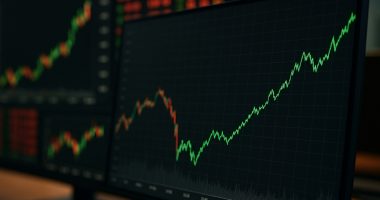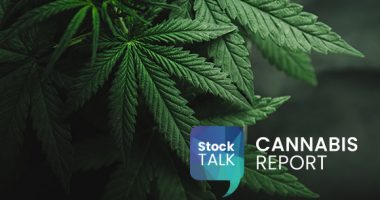- Canada has joined more than 120 countries in committing to achieve net zero emission goals by 2050
- The Canadian Net-Zero Emissions Accountability Act is meant to ensure transparency and accountability as the government works to deliver on its targets
- Canada possesses significant amounts of many of the world’s most critical metals
- EV adoption is not in and of itself enough to get us to those net zero goals.
Battery metals have seen exponential growth since 2010, and no doubt this trend will continue with net zero emission goals at the heart of the demand for the materials that go into electric vehicle batteries. A major force in this momentum was more than 120 countries, including Canada, that committed to achieving net zero emissions by 2050.
This means Canada’s economy either emits no greenhouse gas emissions or offsets its emissions through actions such as tree planting or implementing technologies that can capture carbon before it is released into the air.
The Canadian Net-Zero Emissions Accountability Act, which became law on June 29, 2021, is meant to ensure transparency and accountability as the government works to deliver on its targets. Part of that plan includes increasing the number of EV cars on the road.
For a deeper dive, The Market Herald Canada talked with Christopher Kerlow, CFA and senior portfolio manager at Canaccord Genuity Wealth Management Canada.
In the following interview we discuss net zero targets in Canada and the recycling initiative in the battery metal markets.
TMH: Electric vehicle sales are increasing in Canada and across the world, are we able to meet the targets for net zero?
Kerlow: Canada is in an extremely fortunate position, possessing significant amounts of many of the world’s most critical metals, as well as workers, businesses and the communities necessary to scale up the production.
But EV adoption is not in and of itself enough to get us to those net zero goals. We also need to invest in the charging infrastructure necessary to make the EV adoption possible, as well as clean energy generation.
Everything from wind, solar, hydro, all of which we have the ability to do here in Canada, which positions us quite well. And then water management is a big challenge in a lot of copper and lithium mining around the world that are very water intensive. Again, here we have an abundant amount, but we need to continue to invest into that (copper and lithium mining) and then access to capital.
Canada is a very shareholder friendly economy and one that people are willing to invest in. A lot of the other areas in the world where these natural resources exist don’t have that same privilege. And so I do think Canada is in a strong position, though we’ll need to get our regulatory support behind these initiatives to be able to achieve those goals.
TMH: How do you perceive the impact of recycling initiatives on the sustainability of battery metal markets?
Kerlow: Establishing a circular battery value chain is a major driver to achieve the Paris Agreement that’s maximizing the productivity of batteries in their first life, enabling a productive and safe second life and ensuring a circular recovery of battery metals. All of this comes from a variety of situations. One is resource conservation. Recycling battery metals means less need for primary mining extraction as the circular economy promotes the principles of the materials being reused and recycled rather than disposed as waste.
And then those recycling opportunities provide economic opportunity and new industries, jobs, collection, sorting and reduce the supply chain vulnerabilities from having to source these rare earth metals or other challenging materials to access from specific areas.
For more trending battery news stories, check out Stockhouse’s battery metals page.
For more of this interview, check out The Market Herald’s Thematica – electryfiying opportunities report on battery metals.
The material provided in this article is for information only and should not be treated as investment advice. For full disclaimer information, please click here.



